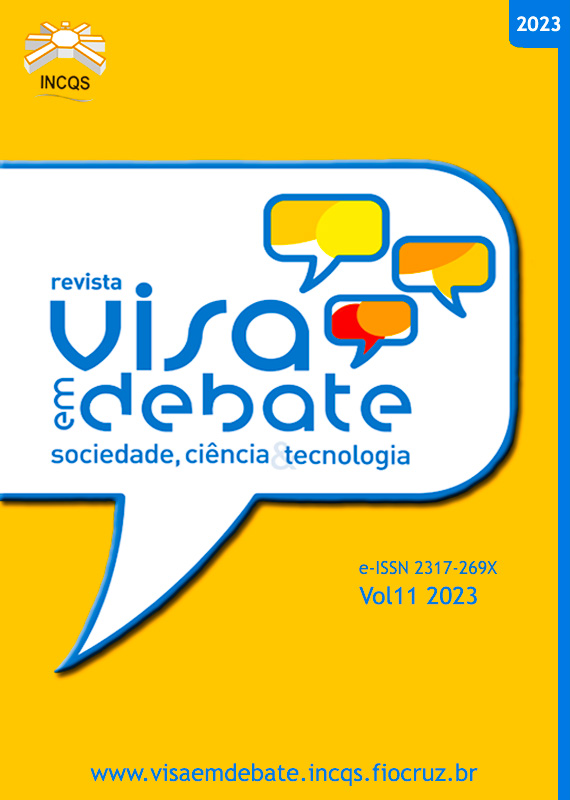Information and conformity coverage of fluoride in tap water: demographic and socioeconomic differentials among Brazilian municipalities
Vigil Sanit Debate, Rio de Janeiro, 2023, v.11: e02149 | Published on: 26/10/2023
DOI:
https://doi.org/10.22239/2317-269x.02149Keywords:
Fluoride, Water Quality, Information Systems, Public HealthAbstract
Introduction: Access to safe water is an important global health challenge and a fundamental human right. The quality of the water consumed by the population is guaranteed through continuous verification and control of substances such as fluoride. Although there has been an improvement in practices for adjusting the concentration of fluoride in water, situations of non-compliance are still identified in different territories and countries. Objective: To verify whether the fluoride concentration in the water supply systems of Brazilian municipalities was in accordance with the expected standard for preventing dental caries, taking into account the demographic, socioeconomic, and management characteristics of the municipalities. Method: An ecological study was carried out to assess the coverage of fluoride surveillance records and their compliance in Brazil in 2018, based on the optimal concentration range recommended by the Collaborating Center of the Ministry of Health on Surveillance in Oral Health (0.445 and 0.944 mg F/L). For this, fluoride concentration data were collected in the Information System for the Surveillance of Water Quality for Human Consumption (SISAGUA). Results: Of the municipalities with water supply systems that kept records updated, 38.5% had valid information and 42.2% had 80% or more fluoride records within the expected range for preventing dental caries. Information and conformity coverage were higher in municipalities with 50 thousand or more habitants; with high or very high HDI; Gini index < 0.49; higher GDP per capita and per capita expenditure on health surveillance. Conclusions: Information and conformity coverage were higher in municipalities with better socioeconomic indicators and management performance, suggesting the necessity of adjusting water surveillance policy strategies aiming to dental caries control at population level.
Downloads
Downloads
Published
Issue
Section
License
Copyright (c) 2023 Camila de Moraes Paulino ; Lorrayne Belotti , Paulo Frazão (Autor)

This work is licensed under a Creative Commons Attribution 4.0 International License.
COPYRIGHT ALLOWANCE The author (s) hereinafter designated as the ASSIGNOR hereby assign and transfer, free of charge, the ownership of the copyrights related to this ARTICLE to the Vigilância Sanitária em Debate: Sociedade, Ciência & Tecnologia (Health Surveillance under Debate: Society, Science & Technology) – Visa em Debate, represented by FUNDAÇÃO OSWALDO CRUZ, established at Av. Brasil, nº 4365, Manguinhos, Rio de Janeiro, RJ, Brazil, CEP 21045-900, under the conditions set out below: (a) The terms and conditions set forth in this Agreement shall apply to the following: 1. The ASSIGNOR declares that they s(he) is (are) the author (s) and owner (s) of the copyrighted property of the ARTICLE submitted. 2. The ASSIGNOR declares that the ARTICLE does not infringe the copyrights and / or other property rights of third parties, that the disclosure of images (if any) has been authorized and that they s(he) assume(s) full moral and / or property liability for its content, before third parties. 3. THE ASSIGNOR assigns and transfers all copyrights relating to the ARTICLE to the ASSIGNEE, especially the rights of editing, publication, translation into another language and reproduction by any process or technique. The ASSIGNEE becomes the exclusive owner of the rights related to the ARTICLE, and any reproduction, totally or partially, is prohibited in any other means of publicity, printed or electronic, without prior written authorization from the ASSIGNEE. 4. The assignment is free and, therefore, there will be no remuneration for the use of the ARTICLE by the ASSIGNEE.






